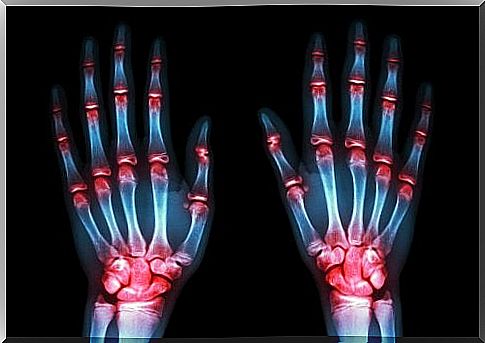A Recent Study Claims That Within 5 To 10 Years, Treatment Will “stop” Osteoarthritis
Since early diagnosis is essential to slow the progression of osteoarthritis, all the advances made in this field make it possible to improve the quality of life of patients suffering from this pathology.

According to a specialist from the Menéndez Pelayo International University in Madrid (Spain), within 5 to 10 years, medicine will be able to slow the progression of osteoarthritis, in order to offer a better quality of life to those affected. .
While it is certain that, for the moment, it is almost impossible to eradicate this chronic and incapacitating disease, science is giving hope to patients.
As health professionals explain to us, the majority of diagnoses of this disease are made when the affected joint is already more than 30% destroyed.
But if we can anticipate this diagnosis, it is quite likely that we will be able to limit the disease to its minimum portion.
The studies carried out on the subject in recent years are positive. In the rest of this article, we will explain what can happen if the disease is detected in the first moments of its occurrence.
Would it be possible to slow the progression of osteoarthritis? We can now legitimately think so and hope for it.
Curbing osteoarthritis: a reality ever closer to us
Osteoarthritis affects 52% of women, compared to only 29% of men. It generally occurs between the ages of 54 and 60, and very often experiences the same pattern of development:
- Osteoarthritis most commonly affects the hands, in 70% of cases.
- It then reaches the feet, in 40% of cases.
- The other areas most affected are the knees (in 10% of cases) and hips (in 3% of cases).
The World Health Organization tells us that 28% of the world’s population suffers from osteoarthritis. It is estimated that more than 80% of people over the age of 60 suffer from a disorder associated with this chronic condition.
As you can see, this is a very big impact problem. We all know a friend or family member who has it.
Additionally, we know that many of our readers have to live with this disease, and suffer from it in silence.
The key is early diagnosis
The Proteomics Platform of the Biomedical Research Institute of La Coruña in Spain tells us that, in 5 to 10 years, osteoarthritis will be perceived in a completely different way.
- Curbing osteoarthritis will become possible thanks to an earlier diagnosis.
- Nowadays, a “diagnostic kit” for osteoarthritis is under development. Through a simple blood test, it will become possible to detect the first symptoms of this pathology.
- As we already know, when we go to the doctor for help, we can’t take it anymore. The pains in the hands are terrible, they prevent us from sleeping at night and we already suffer from small deformities.
- When the disease is at this stage, it is impossible to stop it. It is therefore important to be able to identify the first symptoms of osteoarthritis as early as possible.
The proteomic study
According to rheumatologist Francisco Blanco, scientific director of the Institute of Biomedical Research of Coruña, we have already made great progress in our knowledge of osteoarthritis:
- Proteomics is the science that studies proteomes, which are collections of proteins extracted from a genome.
- The proteomic study of tissues affected by osteoarthritis has identified six biomarkers.
- These markers allow us to diagnose the disease at an early stage, with 96% reliability.
If we can diagnose the disease early, it is possible to stop osteoarthritis. Experts estimate that in 5 to 10 years we will be able to make it happen.
Osteoarthritis always follows the same “mode of attack”. It releases certain substances which will gradually destroy healthy tissue. But if we inoculate the appropriate agents in time, it is quite possible to slow this progression.
The need to curb osteoarthritis
Osteoarthritis is a very common rheumatoid disease, which is the fourth leading cause of disability in the world. This is not trivial. It is not a simple pathology that affects the elderly.
Some people associate osteoarthritis with old age. However, it is necessary to change this point of view and to face reality.
As a rule, this disease strikes people who have an active lifestyle and prevents them from fulfilling their daily obligations.
- Osteoarthritis affects our quality of life and our mobility.
- We must not forget the health cost of this pathology: between operations, treatments and consultations with the doctor, it is very expensive for our social security system. Investing in research is therefore a good way to have a return on investment.
- It is estimated that the diagnoses of this pathology are increasing every year. Factors like obesity and exercise, strange as it may sound, accelerate the onset of osteoarthritis.
- Certain genetic markers, associated with an unhealthy lifestyle, can quickly lead to the destruction of certain healthy tissue.
Medical institutions are aware of this problem. The fight against osteoarthritis has therefore become a priority to allow everyone to have a good quality of life.
Because feeling chronic pain and permanent suffering is not a life, even if we eventually get used to it.
We are monitoring this topic closely and will keep you updated as soon as we know more about it.









